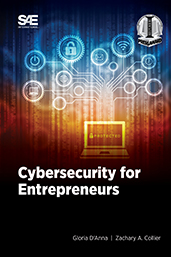Journal Article
A Deep Neural Network Attack Simulation against Data Storage of Autonomous Vehicles
2023-09-29
Abstract In the pursuit of advancing autonomous vehicles (AVs), data-driven algorithms have become pivotal in replacing human perception and decision-making. While deep neural networks (DNNs) hold promise for perception tasks, the potential for catastrophic consequences due to algorithmic flaws is concerning. A well-known incident in 2016, involving a Tesla autopilot misidentifying a white truck as a cloud, underscores the risks and security vulnerabilities. In this article, we present a novel threat model and risk assessment (TARA) analysis on AV data storage, delving into potential threats and damage scenarios. Specifically, we focus on DNN parameter manipulation attacks, evaluating their impact on three distinct algorithms for traffic sign classification and lane assist.





